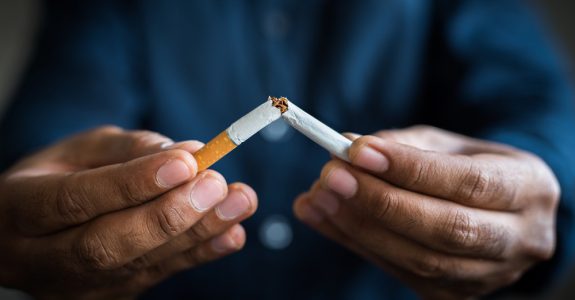Claire Fiddian-Green is the President & CEO of the Richard M. Fairbanks Foundation.
“When you see a rattlesnake poised to strike, you do not wait until he has struck to crush him.” – Franklin D. Roosevelt
E-cigarette use among youth has grown at an alarming rate. In 2017, over 2 million U.S. middle and high school students used an e-cigarette. This figure prompted the U.S. Food and Drug Administration (FDA) to launch a new youth e-cigarette prevention campaign this week to help stem what it refers to as an epidemic. Contrary to a popular misconception, e-cigarettes – including the dominant market brand, JUUL – do contain nicotine, which is a highly addictive substance.
According to FDA Commissioner Scott Gottlieb, MD: “No youth should be using any nicotine-containing product, and the trends underway are more than a small amount of casual experimentation among kids. They are evidence of a significant swath of a generation of kids becoming regular users of nicotine. Kids who use e-cigarettes are more likely to try combustible cigarettes. And that jeopardizes the extraordinary public health gains we’ve made in reducing smoking rates in this nation.”
Youth e-cigarette use matters for two important reasons: tobacco use is the number one cause of death and disease in the U.S. In Indiana, this translates to the death of more than 11,000 Hoosiers every year directly attributable to tobacco use. And 90% of adult smokers report that they began using tobacco by the age of 18. Therefore, the fact that so many youth – including 29 percent of high school seniors in Indiana – are now consuming nicotine and other potentially harmful inhalants through e-cigarette use, considered by the FDA a gateway to traditional cigarette use, is deeply concerning.
Because e-cigarettes are relatively new products, we don’t have strong evidence to show that youth e-cigarette use will translate into a new generation of adult tobacco users. But why should we wait five or ten years and take the risk that this will be the outcome? After all, leaders in every sector routinely take decisive action to mitigate or forestall negative consequences in the absence of definitive data.
This is a defining moment for parents and community leaders across Indiana, and we must do everything in our power to protect our children from e-cigarette and tobacco use. We can start with the most effective tools available: by adopting policies that make it harder for youth to access these products, and by allocating sufficient resources toward proven tobacco and e-cigarette prevention and cessation initiatives.
Indiana should take a leadership position when it comes to youth e-cigarette and tobacco use. If we don’t, we will tacitly be making it easier for our children to grow into nicotine addicts. Would you wish that fate upon your child?



